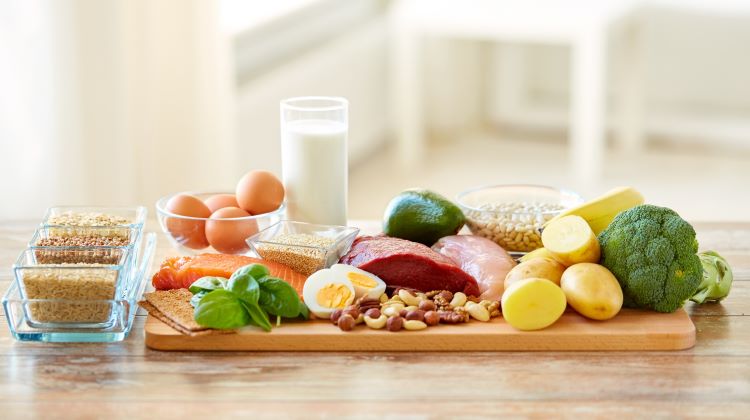Balanced Nutrition for Everyday Meals
A balanced approach to everyday eating helps maintain energy, support mood and reduce the risk of chronic conditions. Focusing on whole ingredients, portion control and simple cooking techniques can make nutritious choices practical for busy schedules. This overview covers how common items like bread and cake can fit into a varied diet and offers realistic tips for planning meals.

A balanced approach to food supports energy, digestion and long-term wellbeing by combining a variety of whole ingredients with reasonable portions and simple preparation methods. For many people in Australia, practical concerns like time, budget and taste shape daily choices, so small adjustments — such as adding vegetables, choosing whole grains, or moderating treats — can make meaningful differences. This article outlines key principles to apply at home, in the workplace or when sourcing ingredients from local services.
This article is for informational purposes only and should not be considered medical advice. Please consult a qualified healthcare professional for personalized guidance and treatment.
food: What should a balanced plate include?
A balanced plate typically combines vegetables and fruits, a source of protein, whole-grain carbohydrates and a small amount of healthy fats. Vegetables and fruits provide fibre, vitamins and minerals; proteins (legumes, fish, lean meat, eggs, dairy or plant-based alternatives) support repair and fullness; whole grains supply sustained energy. Meals that include a variety of colours and textures are more likely to deliver diverse nutrients and promote satiety.
Practical steps include filling half the plate with non-starchy vegetables, one quarter with a protein source and one quarter with whole grains or starchy vegetables. Portion sizes can be adjusted for activity levels and individual needs. Hydration and mindful eating — eating without distraction and paying attention to hunger cues — also contribute to better overall eating patterns.
bread: How does bread fit into healthy eating?
Bread is a common staple and can be part of a balanced diet when chosen and portioned mindfully. Whole-grain or multigrain loaves tend to deliver more fibre, B vitamins and minerals than white bread. Fibre helps with digestion and can slow the uptake of sugars into the bloodstream, supporting steady energy. For sandwiches and toast, adding protein (such as lean meats, legumes or nut butters) and vegetables increases the meal’s nutritional balance.
When selecting bread in your area, check ingredient lists for whole grains listed first and watch for excessive added sugars or long lists of unfamiliar additives. Homemade or small-bakery options can allow control over ingredients and portion sizes. Toasting, open sandwiches and pairing with salads or soups are practical ways to build a more nutrient-dense meal around bread without relying on large volumes.
cake: Can cake be part of a balanced diet?
Cake is typically higher in refined sugars and fats, so it is best considered an occasional treat rather than a daily staple. That said, cake can be included in a balanced pattern when portions are moderate and the rest of the day’s intake is nutrient-rich. To reduce the impact of treats, consider smaller slices, sharing portions, or choosing recipes that incorporate whole-flour alternatives, fruit purees, or reduced added sugar.
For gatherings and celebrations, planning ahead can help. Offer a variety of dishes so cake is one option among many, and pair sweet items with fresh fruit or protein-rich snacks. If baking at home, experimenting with recipes that increase fruit, nuts or whole grains can improve the nutrient profile. Awareness of frequency and portion size is the simplest tool for keeping occasional indulgences aligned with overall health goals.
Practical tips for meal planning and shopping
Create a simple weekly plan that mixes quick meals and one-pot dishes to reduce decision fatigue. When shopping, prioritise perishable whole foods like vegetables, fruit, dairy and fresh proteins early on, and choose shelf-stable staples such as legumes, canned tomatoes and whole grains for flexibility. Batch cooking, freezing portions and using leftovers creatively can save time and minimise waste.
If you use local services for groceries or bakeries, compare ingredient lists and portion sizes rather than relying on packaging claims alone. Community markets and smaller producers often offer fresh seasonal choices; combining those with affordable staples makes it easier to prepare balanced meals throughout the week.
Conclusion
Everyday nutrition is shaped by choices that fit lifestyle, budget and taste. Emphasising a variety of whole foods, sensible portions and occasional mindful treats helps maintain balance without strict rules. Small, consistent changes to how you shop, cook and portion foods can make sustaining a nutrient-rich pattern more achievable over time.




